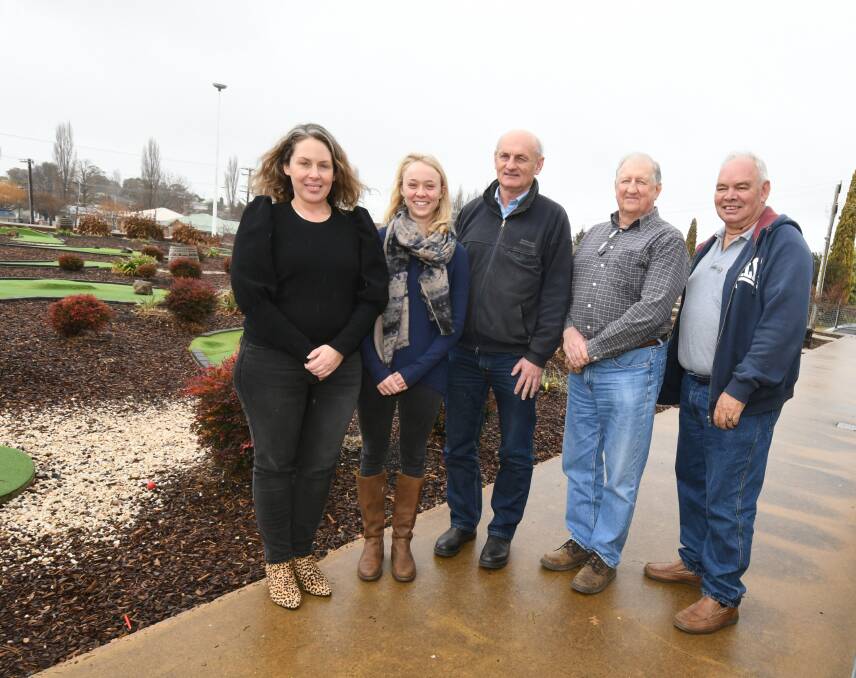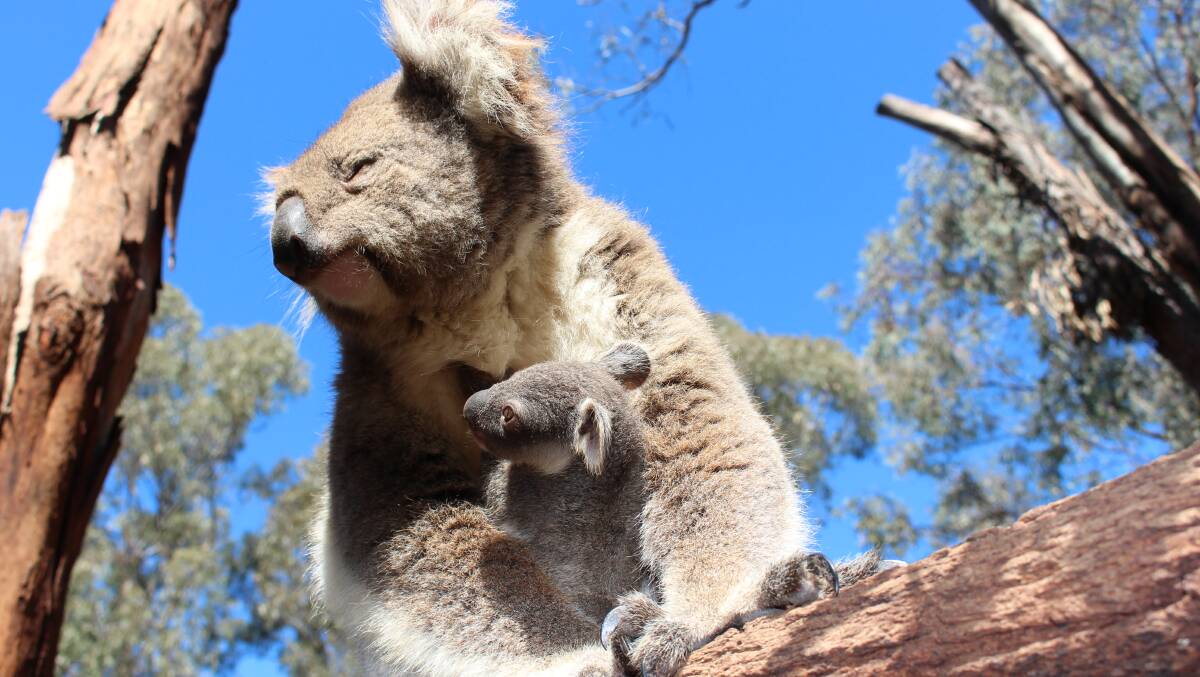
AMBIGUITIES in which land clearing is allowed and which is not leave concerned neighbours no choice but to report everything, according to the Nature Conservation Council.
Subscribe now for unlimited access.
or signup to continue reading
Nature campaigner Shirley Hall addressed the Central West Environment Council’s biodiversity forum at Orange City Bowling Club on Sunday, saying changes to legislation in 2016 meant the Office of Environment and Heritage no longer had a register of approved land clearing environmentalists could check.
“We as the public have no idea whether it’s legal or not,” she said.
As a result, she encouraged people to report everything to encourage OEH to reintroduce the public registers.

Jemilah Hallinan from the Environmental Defenders Office said monitoring of land clearing was especially important to protect the koala, yet only endangered ecological communities were protected from clearing.
“We know that 90 per cent of koala habitat on private or leased land can be cleared,” she said.
The National Parks Association’s Roger Lembit was also at the forum to talk about the other area of focus, managing Mount Canobolas.
Mr Lembit spoke about environmental issues on mountain bike trails, responding to plans to build a trail centre on the mountain.
“There are tracks established around Garigal National Park… and after less than five years, there’s braiding of the track, so you have more than one track,” he said.

He said tracks led to soil erosion, which could be particularly harmful to frogs, and management was a challenge.
“National Parks’ resources are depleted because they’ve got an efficiency dividend, which means a 3 per cent cut to staff resources,” he said.
Consultant zoologist Dr Col Bower also spoke about the mountain’s 800 plant and animal species, including 12 threatened species and nine which almost exclusively called the mountain home.
“It’s isolated by a long distance – it’s 85 kilometres from the nearest similar environment,” he said.
“What the isolation has done over time is allow species to evolve and it’s provided a refuge for other species who’ve lost habitat elsewhere.”
The Orange Field Naturalists have applied to make the mountain an area of outstanding biodiversity value, which would be taken into account in the event of development.


